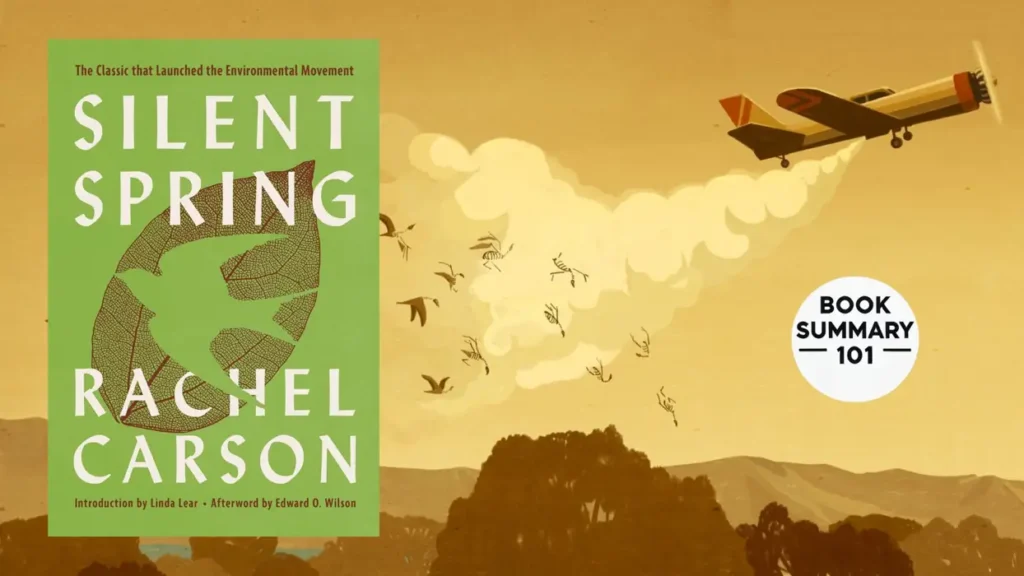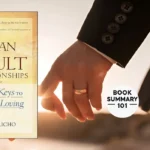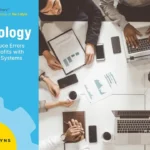Imagine a world where the birds are silent, where spring arrives without the chorus of nature’s sounds. That’s the unsettling vision Rachel Carson brought to life in her landmark book, Silent Spring, a title that, over sixty years later, continues to resonate worldwide. Through a gripping mix of science, storytelling, and moral urgency, Carson sounded the alarm about environmental dangers that most people hadn’t even considered. Let’s dive into the book that helped launch the environmental movement and understand why it’s still essential reading today.
Rachel Carson’s Silent Spring takes readers on a journey that’s equal parts chilling and enlightening, structured in a way that builds momentum and insight with each chapter. Here’s a closer look at the most impactful sections, each of which explores a different facet of our relationship with nature and our responsibility to protect it.
The book on amazon 👉 Silent Spring 📚
“A Fable for Tomorrow”: A Haunting Vision of What Could Be
Carson opens Silent Spring with a powerful fictional vignette, “A Fable for Tomorrow.” Here, she describes a once-thriving town that’s been silenced. Birds no longer sing, children fall mysteriously ill, and even spring – typically a season of renewal and life – arrives with a disturbing quiet. Though fictional, Carson’s choice to open with this story is a masterstroke, designed to pull readers in emotionally before she introduces the science and facts.
This haunting depiction serves as a cautionary tale of what could happen if humans continue to exploit nature without understanding or considering the impact. Carson’s “fable” isn’t just a dramatic flourish; it’s a wake-up call grounded in real-world consequences, effectively illustrating how a vibrant landscape can be transformed into a desolate one by chemical pollution. Her message? This could happen anywhere, and it’s up to us to prevent it.
The Chemical Assault on Nature: How Pesticides Disrupt Entire Ecosystems
In the heart of Silent Spring, Carson unpacks the science behind pesticide use, focusing on DDT as a key example. At the time, pesticides were viewed as a miracle solution to crop protection and pest control. But Carson reveals the darker side – how these chemicals, far from being contained to specific “pests,” spread widely through air, water, and soil, and move up the food chain to affect entire ecosystems.
Carson meticulously explains how DDT accumulates in the tissues of animals, including humans, and describes its journey from crops to insects to birds, mammals, and eventually people. She demonstrates how, even though pesticides were intended to control insect populations, their impact was far broader. The decline in bird populations, she argued, could be directly linked to DDT, as birds were consuming contaminated insects, accumulating high concentrations of the toxin in their bodies, and eventually dying.
One of Carson’s most memorable points here is that the effects of these chemicals are not isolated to a single area or even generation. Instead, they ripple outward and impact species that were never intended as targets, leading to ecological imbalances and losses. This section is where readers begin to grasp the full scope of the problem, seeing how interconnected and vulnerable our ecosystems truly are.
The Science and the Denial: Industry Pushback and the Struggle for Truth
Perhaps one of the most revealing sections of Silent Spring is Carson’s examination of the science behind pesticide use and the challenges of communicating these dangers to the public. Carson knew she would face criticism from powerful chemical industries whose profits depended on the continued use of pesticides, and she was right. The industry retaliated aggressively, attempting to discredit her work, with some even attacking her personally.
This section offers a compelling look at the lengths to which corporations and even government bodies went to downplay the risks associated with pesticide use. Carson exposes how companies promoted the myth of “safe” chemicals, ignoring or outright dismissing scientific evidence to protect their interests. She shares evidence from respected scientists and health experts, presenting undeniable proof that the very chemicals used to “protect” crops were, in fact, harming every level of the environment.
This part of the book resonates deeply even today, as it shines a light on the broader issues of science denial, corporate influence, and public misinformation. Carson’s experience with industry pushback reveals the complex politics surrounding environmental issues and makes it clear that her work was, and remains, a fight against powerful forces of denial.
“The Other Road”: A Vision for Sustainable Change
After painting a sobering picture of the chemical assault on nature, Carson shifts gears in the final section to offer hope and alternatives. In “The Other Road,” she envisions a future where humanity takes a different path—a road grounded in respect for natural systems and rooted in sustainable, ecologically sound practices. Instead of leaning on chemical solutions that disrupt and destroy, Carson advocates for biological control methods, which are based on understanding and working with nature rather than against it.
For instance, Carson discusses the use of natural predators and other environmentally friendly ways to control pest populations. She highlights how some species naturally balance each other out, demonstrating that by observing these relationships, we can achieve pest control without the collateral damage of chemical sprays. She describes this approach as a way to restore harmony rather than impose a “chemical warfare” mentality on our ecosystems.
Carson’s tone here is both empowering and inspiring. She offers a vision of balance, one where humans coexist with the environment in a healthier, mutually beneficial way. Instead of seeing nature as an enemy to be conquered, Carson shows us that it can be an ally, if only we take the time to understand it. This section invites readers to imagine a future that values sustainability and encourages them to join the fight for a healthier planet.
Real-Life Examples That Bring Carson’s Message Home
Throughout Silent Spring, Carson weaves in real-life examples to illustrate her points, making her message all the more impactful. One of the most memorable cases involves the die-off of robins in the American Midwest following extensive DDT spraying. The robins, who consumed DDT-laden insects, were decimated, and the natural balance of the ecosystem was severely disrupted. Carson shares these stories not as isolated incidents, but as cautionary examples of what happens when humans interfere with natural processes on a large scale.
Another powerful story involves the residents of a California community where farmers sprayed DDT over crops, ultimately affecting the entire ecosystem, from soil microorganisms to livestock to humans. Carson’s examples aren’t just anecdotes; they’re evidence. They remind readers that these effects are real, affecting both nature and human health in ways that are sometimes unexpected and often irreversible.
Why Read This Book?
The impact of Silent Spring went beyond just raising awareness – it transformed public opinion and policy. Within a decade of its publication, the U.S. government banned DDT, and Carson’s work directly contributed to the establishment of the Environmental Protection Agency (EPA). Silent Spring remains relevant today because the issues Carson highlighted are still with us, although they have taken on new forms. Pesticides and other chemicals continue to be used widely, often with unintended consequences for ecosystems and public health.
Reading Silent Spring helps us appreciate Carson’s foresight and serves as a reminder that each of us has a role in protecting the planet. It’s a powerful example of how one voice, armed with science, can speak truth to power and inspire change. Carson’s vision is as urgent today as it was in 1962, urging us to question the chemical solutions we rely on and to seek safer, more sustainable alternatives.
Join the Conversation!
Carson’s Silent Spring sparked conversations around the world that have shaped environmental policy and awareness. But these conversations are ongoing. What are your thoughts on Carson’s work and its message for us today? Have you noticed similar issues in modern agriculture, or perhaps in your own community? And are we doing enough to address them?
Share your perspective in the comments! Let’s keep Rachel Carson’s legacy alive by discussing the ways we can contribute to a more sustainable, healthier world.
The book on amazon 👉 Silent Spring 📚
Quotes from Silent Spring that capture Rachel Carson’s message and impact:
- “In nature, nothing exists alone.”
→ Carson emphasizes the deep interconnectedness of all living things, reminding us that when we disrupt one part of an ecosystem, the effects ripple outward in ways we may not immediately see. - “The history of life on Earth has been a history of interaction between living things and their surroundings.”
→ This quote highlights the long and delicate balance between species and their environment—one that human activity has drastically altered in a short period. - “The most alarming of all man’s assaults upon the environment is the contamination of air, earth, rivers, and sea with dangerous and even lethal materials.”
→ Carson warns against the unchecked use of chemicals, foreshadowing many of today’s environmental challenges, from pollution to climate change. - “The ‘control of nature’ is a phrase conceived in arrogance, born of the Neanderthal age of biology and philosophy, when it was supposed that nature exists for the convenience of man.”
→ Here, Carson challenges the human-centered view that nature is ours to dominate, advocating instead for respect and coexistence. - “We stand now where two roads diverge. But unlike the roads in Robert Frost’s familiar poem, they are not equally fair. The road we have long been traveling is deceptively easy, a smooth superhighway on which we progress with great speed, but at its end lies disaster. The other fork of the road—the one ‘less traveled by’—offers our last, our only chance to reach a destination that assures the preservation of the earth.”
→ This is Carson’s call to action, urging us to choose sustainability over convenience before it’s too late.


